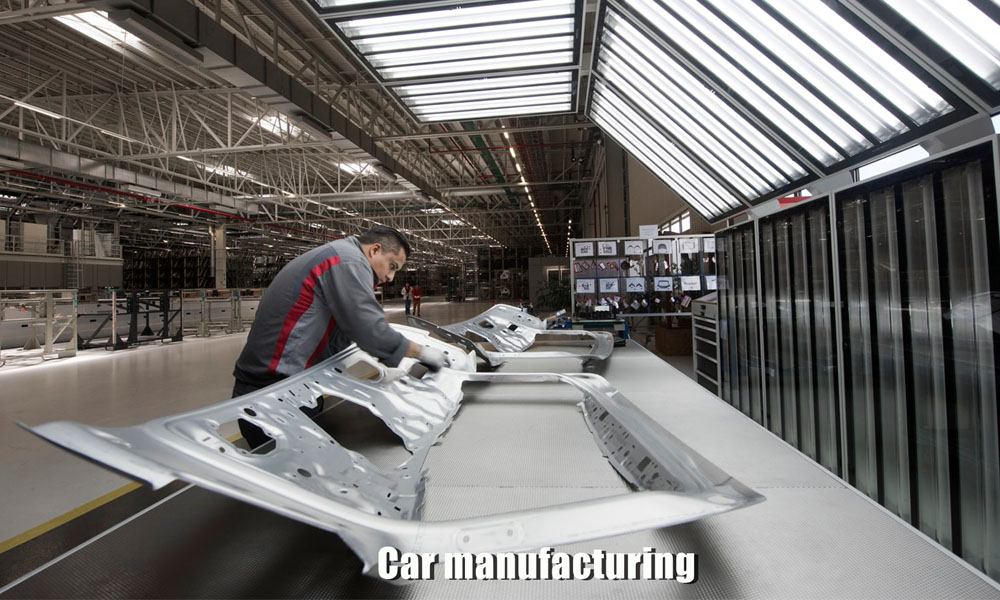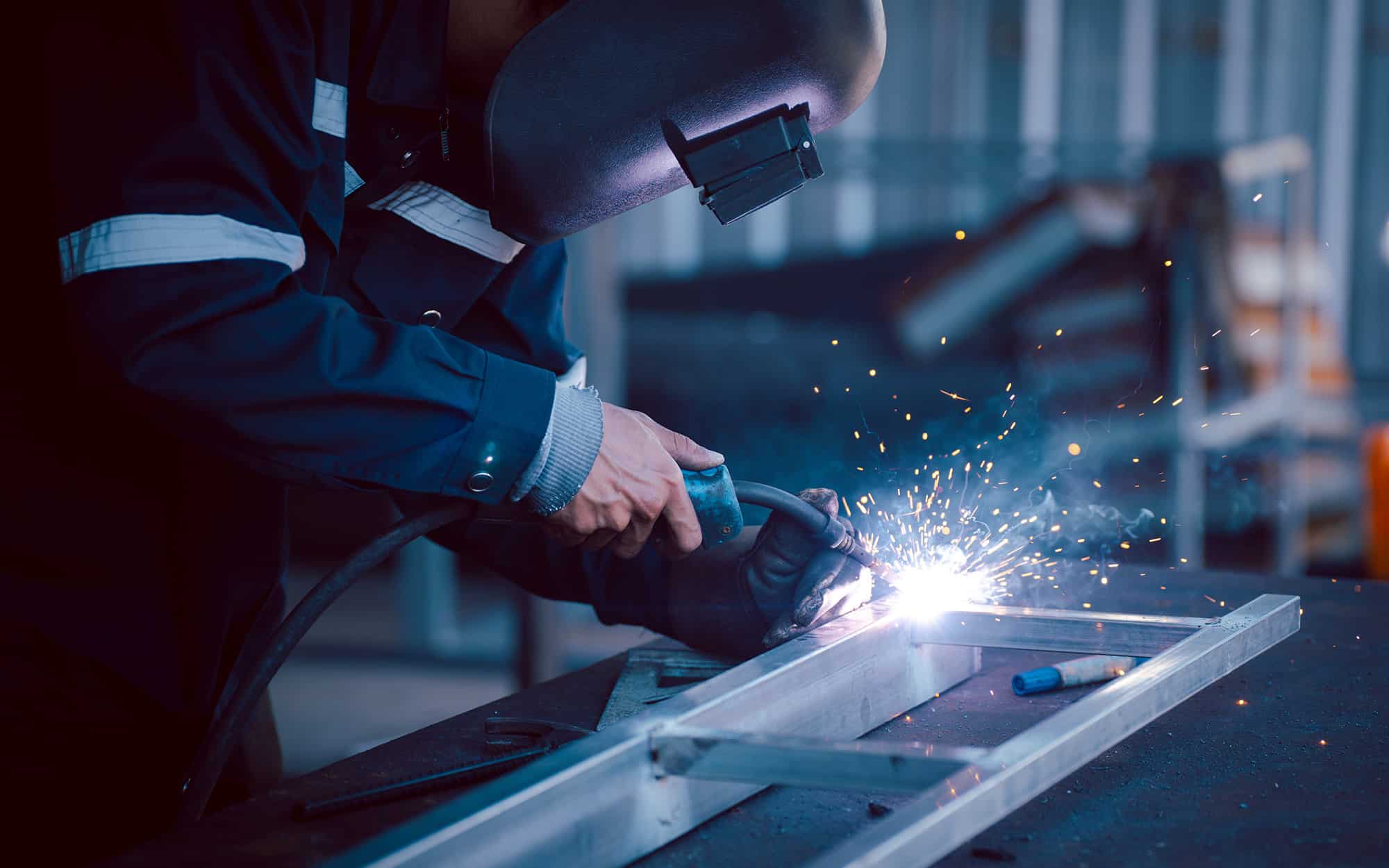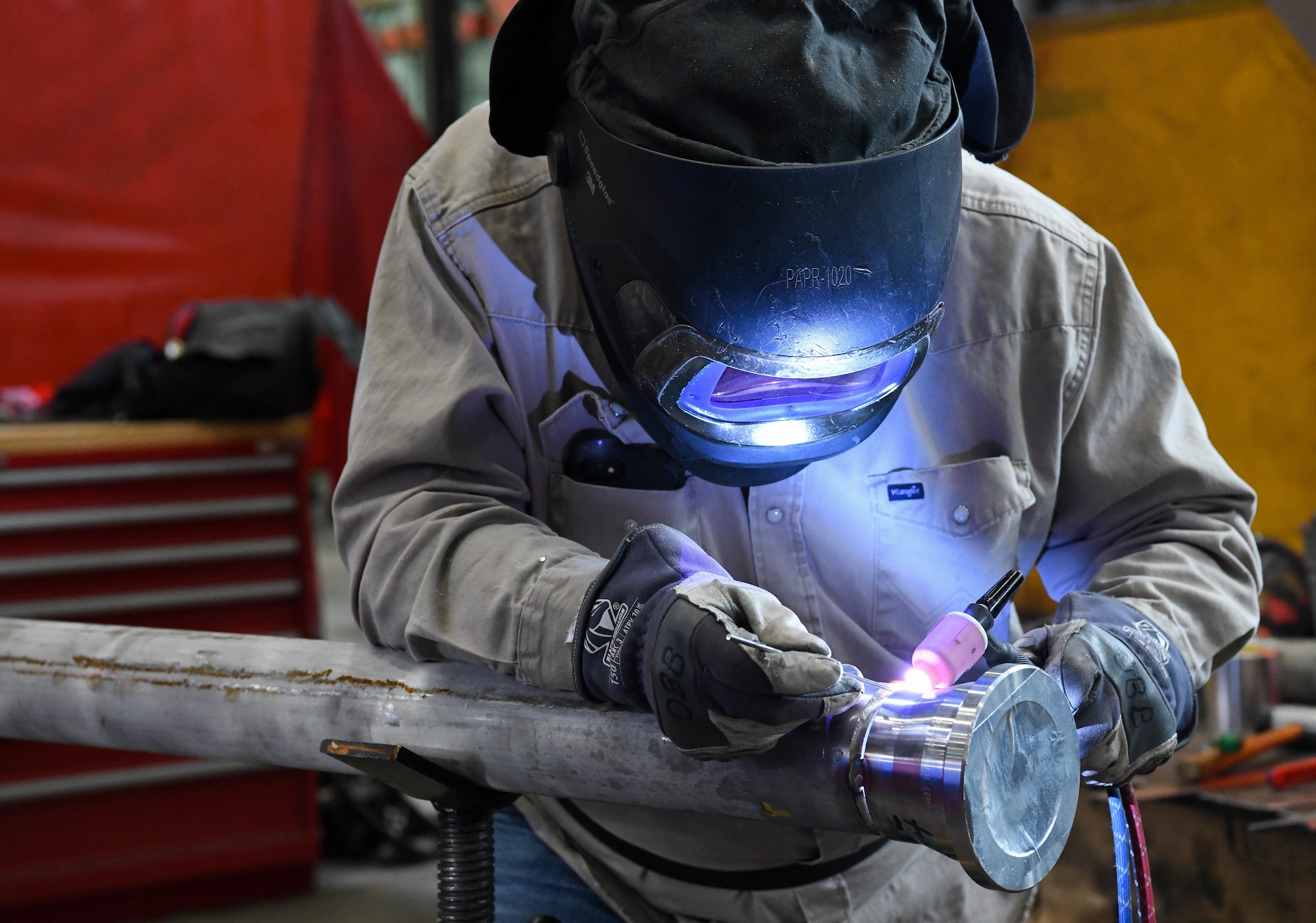Usual Welding Repair Issues and How to Address Them Efficiently
Welding repairs commonly experience a series of problems that can jeopardize the integrity of the end product. Common problems include poor infiltration, porosity, and misalignment, to name a few. Each flaw offers special challenges that need details techniques for resolution. Understanding these issues is necessary for welders aiming to improve their skills and results. This discussion will explore these common welding repair issues and reliable techniques to resolve them.
Inadequate Penetration
Inadequate penetration occurs when the weld steel stops working to fully fuse with the base product, leading to weak joints and potential structural failings. This issue typically stems from not enough warmth input, inaccurate electrode angle, or incorrect welding rate. Welders might encounter inadequate infiltration as a result of a miscalculation of the needed specifications for a particular material density or kind. In addition, contamination on the base material's surface can prevent effective bonding, aggravating the issue. To resolve insufficient infiltration, welders should ensure ideal settings on their tools and keep a tidy job surface area. Normal evaluation of welds is suggested to determine any deficiencies early, permitting timely modifications and the avoidance of endangered structural integrity in welded assemblies.
Porosity
Porosity is a typical issue in bonded joints that materializes as small gas bubbles trapped within the weld steel. This issue can compromise the stability of the weld, causing decreased toughness and potential failing under tension. Montana Mobile Welding and Repair Belgrade. Porosity normally emerges from contamination, wetness, or improper welding methods, which enable gases to get away into the molten weld swimming pool. To resolve porosity, welders should ensure appropriate surface preparation, maintain a tidy workplace, and utilize ideal welding criteria. In addition, selecting the best filler material and shielding gas can reduce gas entrapment. Regular inspection and screening of welds can assist determine porosity early, assuring timely rehabilitative actions are taken, thus preserving the top quality and reliability of the welded framework
Misalignment
Imbalance in welding can arise from numerous aspects, including inappropriate arrangement and thermal growth. Recognizing the origin is vital for reliable resolution. Numerous correction methods are available to realign parts and guarantee architectural honesty.
Reasons for Imbalance
Welding misalignment typically comes from a variety of underlying problems that can jeopardize architectural stability. One main cause is inappropriate fit-up of components before welding, which can result in voids and uneven surface areas. Variations in thermal development throughout the welding process can additionally result in distortion, especially if the products being signed up with have various coefficients of growth. Additionally, poor securing and fixturing might stop working to hold components safely in position, resulting in activity throughout welding. Poorly conserved devices, including welding equipments and tools, may introduce inconsistencies in the weld grain, additional adding to imbalance. Operator mistake, stemming from inadequate training or experience, can additionally play a substantial role in creating misaligned welds.

Adjustment Strategies Readily Available
Dealing with misalignment properly needs a mix of restorative strategies tailored to the certain issues at hand. One common method is the use of jigs or fixtures to hold components in the appropriate placement throughout welding, making certain constant alignment. In addition, preheating the products can help in reducing distortion and enhance fit-up. For considerable imbalance, mechanical realignment strategies, such as utilizing hydraulic jacks or clamps, can be used to correct the setting before welding. Post-weld warm therapy might additionally be needed to soothe stresses triggered by imbalance. Ultimately, careful inspection and change during the configuration phase can avoid imbalance problems from becoming significant issues, advertising a smoother welding process and boosting total structural integrity.
Distortion
Distortion is an usual challenge in welding that can arise from numerous aspects, consisting of irregular home heating and air conditioning. Comprehending the reasons of distortion is essential for carrying out effective avoidance strategies. Resolving this problem not just boosts architectural integrity yet additionally improves the total top quality of the weld.
Reasons for Distortion
When based on the extreme warm of welding, products typically go through adjustments that can bring about distortion. This phenomenon mostly emerges from thermal growth and contraction throughout the welding process. As the weld location warms up, the product expands; upon air conditioning, it gets, which can create inner stress and anxieties. Additionally, irregular heating throughout a workpiece can worsen these anxieties, resulting in bending or bending. The sort of material additionally plays a significant duty; metals with differing thermal conductivity and coefficients of growth might react differently, leading to unpredictable distortions. Inadequate joint style and insufficient fixturing can contribute to imbalance throughout welding, increasing the chance of distortion. Recognizing these causes is essential for reliable welding repair and prevention techniques.
Prevention Techniques
Reliable prevention methods for distortion during welding concentrate on managing warmth input and making sure proper joint style. Maintaining a constant warm input assists to minimize thermal expansion and contraction, which can cause distortion. Using techniques such as preheating the work surface can additionally lower the temperature slope, advertising consistent home heating. Additionally, choosing proper joint layouts, such as T-joints or lap joints, can boost stability and decrease stress and anxiety concentrations. Applying correct fixturing to secure the workpieces in area additionally help in maintaining placement during the welding procedure. Staggered welding series can distribute warm much more evenly, stopping localized distortion. By applying these approaches, welders can considerably decrease the probability of distortion and enhance the total quality of their welds.
Splitting
Splitting is an usual problem come across in welding repair services, commonly resulting from various variables such as incorrect cooling prices, material choice, or insufficient joint preparation. The incident of cracks can significantly jeopardize the stability of the weld, resulting in potential failures throughout operation. To address this concern, welders need to first examine the origin, making sure that materials work and appropriately chosen for the particular application. In addition, controlling the cooling rate throughout the welding procedure is important; quick cooling can cause additional reading stress and lead to breaking. Proper joint design and prep work additionally add to decreasing the danger. Executing these strategies can enhance weld quality and durability, eventually lowering the possibility of splitting in ended up weldments.

Incomplete Blend
A substantial concern in welding repair work is incomplete blend, which happens when the weld metal does not effectively bond with the base product or previous weld passes - Montana Mobile Welding and Repair Fabrication. This problem can you can look here bring about weaknesses in the joint, potentially endangering the honesty of the welded framework. Factors adding to incomplete combination include not enough heat input, improper welding strategy, and contamination of the surfaces being signed up with. To address this issue efficiently, welders ought to assure correct pre-weld cleaning and surface area preparation, along with change their welding specifications to attain sufficient infiltration and blend. Regular evaluation throughout the welding procedure can additionally assist recognize incomplete blend early, allowing for prompt rehabilitative procedures to improve the total quality of the weld
Overheating
While welding repair work can improve structural honesty, overheating presents a considerable challenge that can lead to material destruction. Too much warm throughout welding can alter the mechanical residential or commercial properties of metals, causing minimized strength, raised brittleness, and bending. This phenomenon is specifically essential in high-stress applications where structural integrity is vital. Recognizing overheating can include visual evaluations for discoloration or distortion, in addition to keeping an eye on temperature during the welding process. To reduce the threats connected with overheating, welders ought to employ proper methods, such as controlling warmth input, adjusting travel rate, and utilizing suitable filler products. Additionally, carrying out pre- and post-weld warmth therapies can help recover material buildings and enhance the general high quality of the repair service, ensuring lasting efficiency and wikipedia reference safety and security.
Often Asked Questions
What Are the Typical Signs of a Welding Issue?

How Can I Evaluate My Welds for High quality?
To check welds for top quality, one can make use of visual examinations, ultrasonic screening, and radiographic methods. Each technique ensures architectural integrity, identifies flaws, and verifies adherence to defined requirements, inevitably boosting the reliability of the bonded joints.
What Safety Precautions Should I Take While Welding?
When welding, one should prioritize safety by putting on appropriate individual safety devices, making sure appropriate ventilation, securing flammable materials away, maintaining a clean work area, and knowing environments to stop mishaps and injuries.
Can I Fix a Weld Without Remodeling the Entire Joint?
Repairing a weld without redoing the whole joint is possible, depending on the damage (Montana Mobile Welding and Repair Belgrade Welding). Techniques such as grinding, adding filler material, or using a welding procedure can efficiently address specific flaws while preserving the bordering structure
What Equipment Are Vital for Effective Welding Services?
Vital tools for effective welding fixings include a welding machine, cable brush, grinder, safety gear, clamps, and filler materials. Each device plays an essential function in making sure top quality and safety and security during the fixing process. Porosity typically develops from contamination, wetness, or incorrect welding methods, which permit gases to run away into the liquified weld pool. Inadequately maintained tools, including welding makers and devices, may present incongruities in the weld grain, additional adding to imbalance. When subjected to the extreme heat of welding, products typically undertake modifications that can lead to distortion. Splitting is a common problem encountered in welding repairs, commonly resulting from different aspects such as incorrect cooling prices, product selection, or poor joint preparation. A significant issue in welding repair services is insufficient combination, which happens when the weld steel does not adequately bond with the base material or previous weld passes.